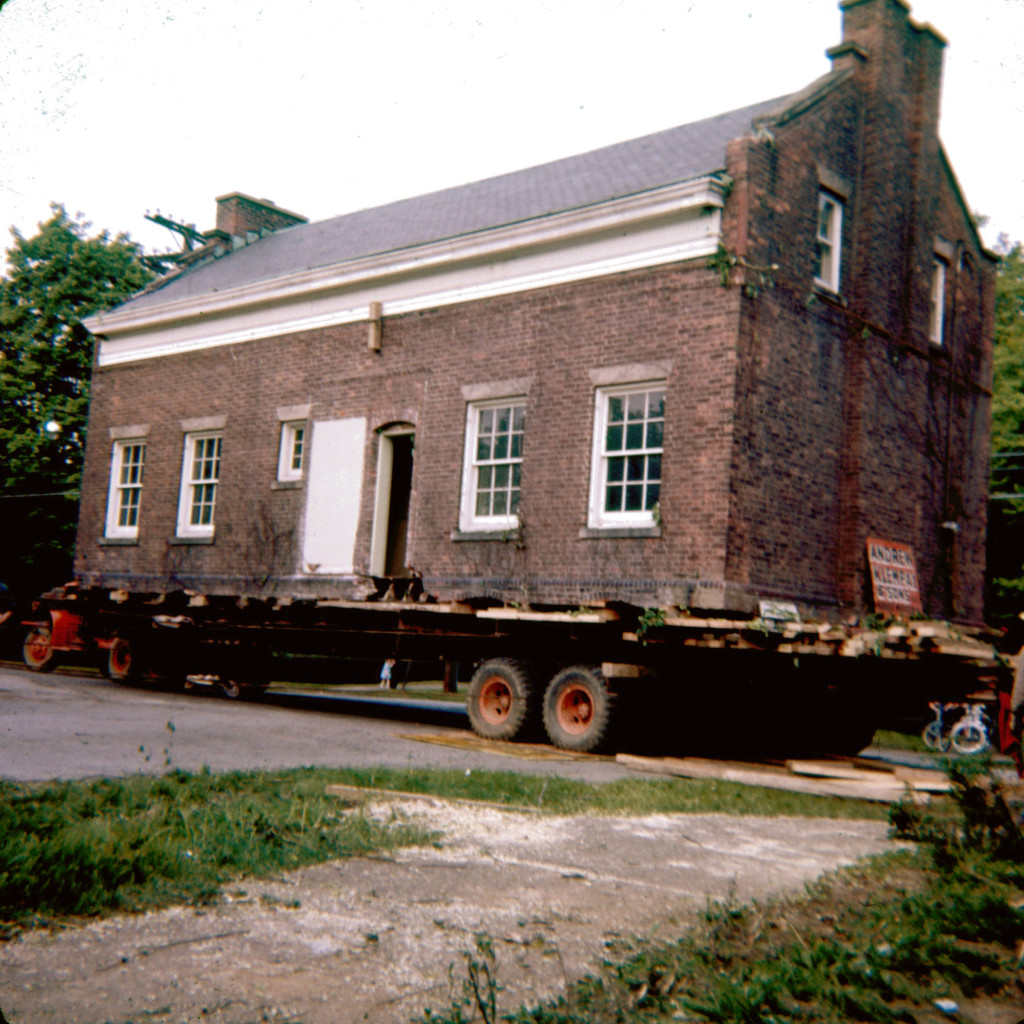Learn the history of maple sugaring
We hosted a sweet program on the origins of maple sugaring earlier this month.
Geauga Park District Naturalist Karie Wheaton describes the history of maple sugar and maple syrup production in Northeast Ohio. She’s hosting another talk about the science of maple sugaring on March 10 that you can register to attend here.

